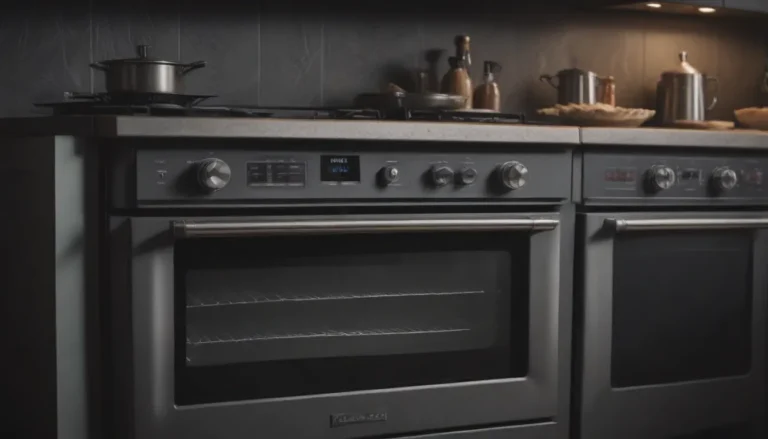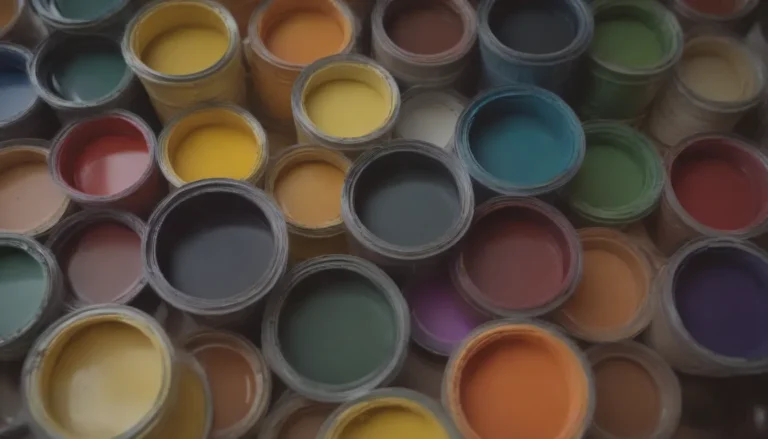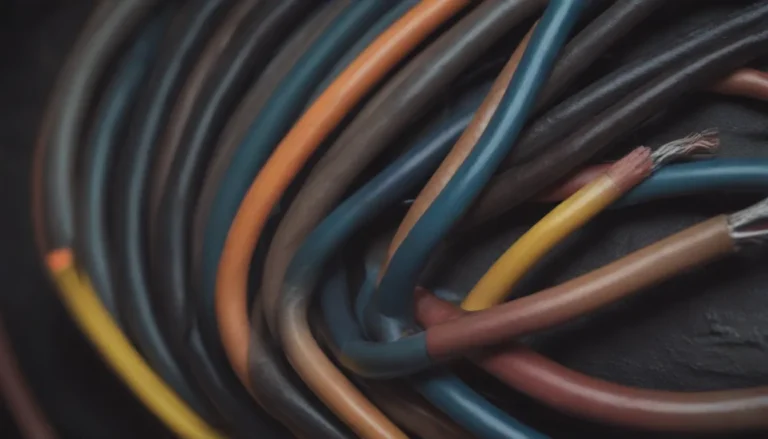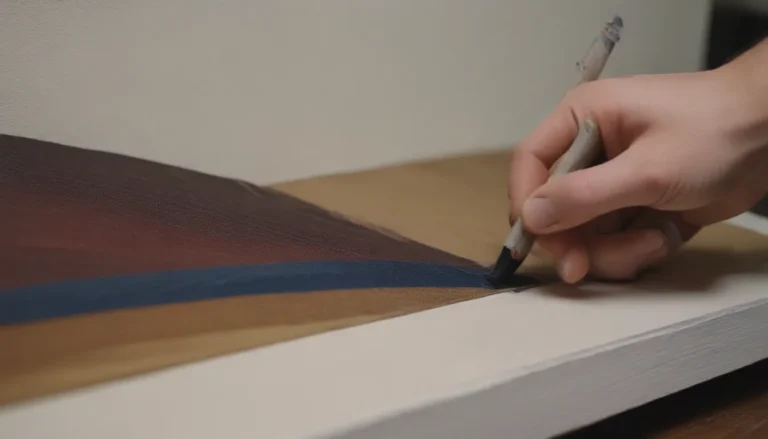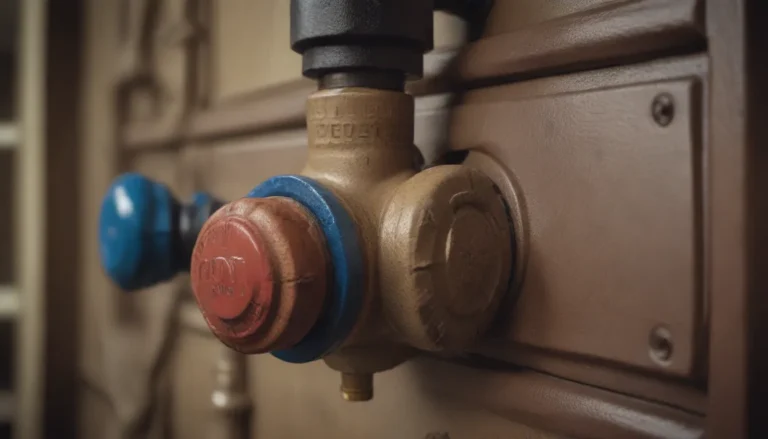Understanding the Art of Paint Making: A Comprehensive Guide
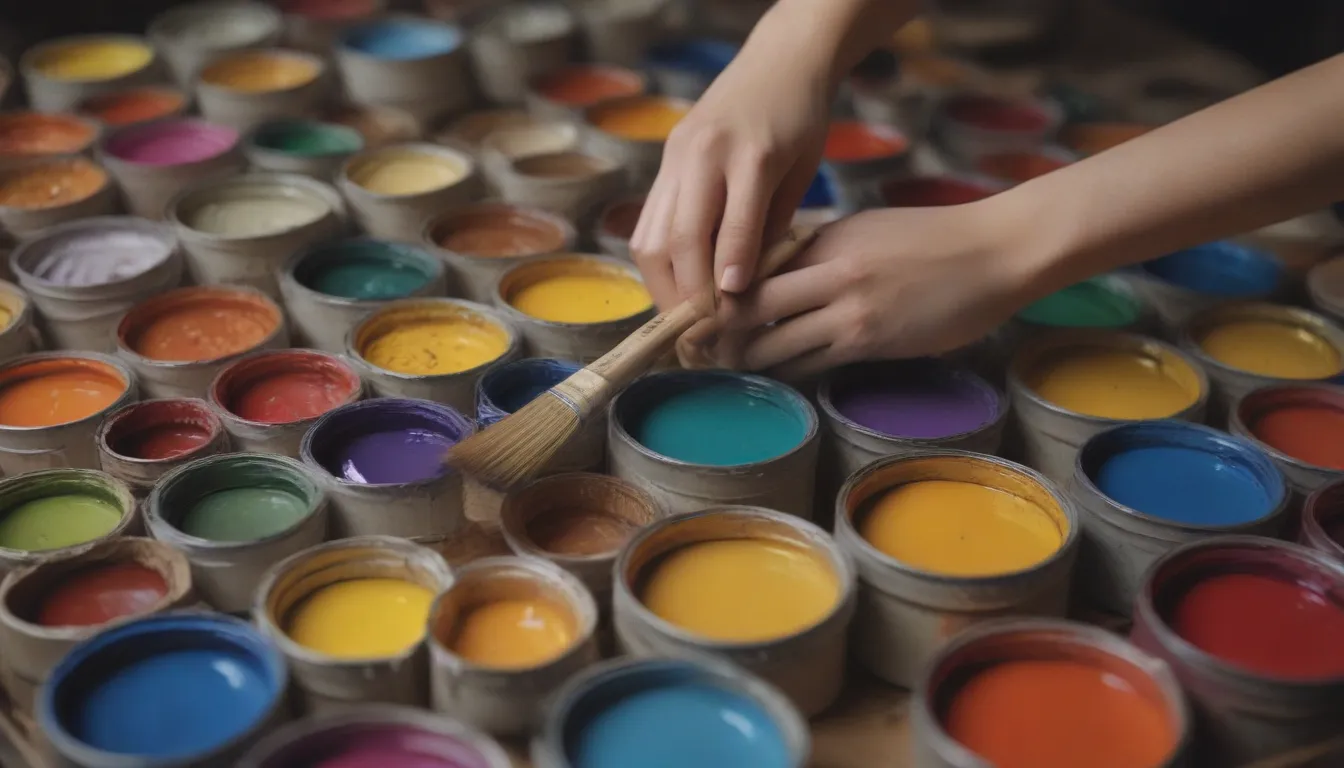
Have you ever stopped to think about the intricate process that goes into creating the paint that adorns the walls of your home? While most of us are more focused on the end result – the beautiful transformation of a living room, bedroom, or kitchen – understanding the ingredients and makeup of paint can provide valuable insights into how to achieve the best results with your painting projects.
The Composition of Latex Paint: A Closer Look
When you open a can of freshly mixed paint in your favorite color, it’s easy to be mesmerized by its silky texture and vibrant hue. However, paint is a complex mixture of solids and liquids that play a crucial role in its application and appearance. For example, in one gallon of flat paint, solids can make up to 57% of the weight, while in semi-gloss paint, this percentage might drop to around 51%.
-
Solvents: Vehicle for the Solids
- Solvents are the liquid component of paint that carry and dissolve other ingredients.
- Water is commonly used as a solvent in latex paints, while mineral turpentine is used in oil-based paints.
- Solvents play a key role in paint drying time, as they must fully evaporate for the paint to cure.
-
Resins: Paint Binders
- Resins act as binders that hold the paint together and help it dry after application.
- In latex paints, acrylic emulsion polymers are often used as resins.
-
Pigments: Bringing Color to Life
- Pigments give paint its color and come in powdered form.
- Different pigments, such as titanium dioxide for white or carbon black for black, are used to achieve specific colors.
- Colorants are water-borne pigments used to tint paint to desired shades.
-
Additives: Enhancing Performance
- Additives are additional ingredients that improve the physical properties of paint.
- They can help smooth brush strokes, prevent mold growth, promote faster drying, and enhance paint durability.
How Paint Factories Manufacture Paint
Ever wondered how paint is made on an industrial scale? Paint factories follow a detailed process to create high-quality paint that meets the needs of consumers.
-
Measuring and Portioning: Precise measurements of ingredients are crucial to ensure consistency in paint quality.
-
Mill Base Creation: The solids and liquids are mixed together to create the base of the paint.
-
Letting Down: Additional solvents are added to achieve the desired consistency and viscosity.
-
Combining: Resins, pigments, and additives are incorporated into the mixture.
-
Shipment to Canning Area: The paint is transferred to the canning area for packaging.
-
Mixing: The paint is thoroughly mixed to ensure uniformity.
-
Labeling: Proper labeling with product information and instructions is applied to the cans.
-
Filling: The paint is filled into cans or containers for distribution.
-
Palletizing: Cans are stacked on pallets for storage and transportation.
DIY Paint Making: A Creative Experiment
If you’re feeling adventurous, you can try your hand at making your own DIY paint for small projects like furniture, crafts, or decorations. While DIY paint may not be suitable for large-scale applications, it can be a fun and rewarding experience.
Ingredients for DIY Paint:
- Pigment: Choose the color pigment of your choice.
- Paint Binder: Select a suitable binder to hold the pigment together.
- Solvent: Use a solvent to achieve the desired consistency.
Experiment with different proportions of ingredients until you find the right balance for your project. Remember, DIY paint making is a creative process that allows you to customize colors and textures to suit your preferences.
By delving into the intricacies of paint composition and manufacturing, you can gain a deeper appreciation for the art and science behind this essential household product. Whether you’re a DIY enthusiast or simply curious about how things work, understanding how paint is made can enhance your painting projects and help you achieve professional-looking results. Next time you pick up a brush or roller, remember the fascinating journey that each drop of paint has taken to reach your walls.
